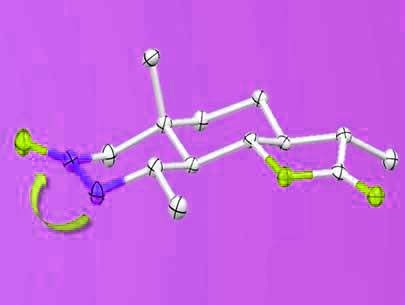A recent research discovery of carbonyl rearrangement method to identify new medicines has been made. This study by the University of Chicago chemists offers a more efficient way to rearrange molecules. A key component called carbonyl groups is a key component that appears in many pharmaceutical drugs and other useful chemicals.

Watch The Related Video for a better understanding of this topic
This method really simplifies the modification of an important functional group in organic chemistry,” said Zhao Wu, a postdoctoral researcher and first author of the paper, in the journal Science. The study was published Nov. 5 in the science journal Science, published by the U.S.
The location of a carbonyl group on a molecule is important for biological activity. Researchers would like to test them in many different configurations to find which is best.
Carbonyl groups consist of a carbon atom double-bonded to an oxygen atom. They appear in many useful molecules, including pharmaceutical drugs, and researchers are trying to find what is best to use them. Having to repeat this experimental process over and over for each new compound slows down the pace of discovery, researchers say.
Two separate catalysts work together to allow selective chemical reactions. This sidestepped a common problem with such reactions, where side reactions start occurring alongside the desired ones.
Also read
- New method to improve conversion of carbon dioxide into liquid fuels
- New catalyst for stable reduction of Carbon dioxide
- Discovery of Metal-organic frameworks with metal N-heterocyclic carbenes for catalysis
In all, the team was able to reduce the number of steps to only one or two. They also found that the new method improved selectivity—the ability to choose precisely where the carbonyl group ends up. The new method was developed by the U.S. National Institute of Chemical Technology in New York City.
The scientists plan to continue working to improve the process, to streamline steps, boost efficiency and expand the number of different substrates that can be used.
This is just the beginning; there are many ways to further develop this method, said Dong Dong. The method should make it much easier to produce new molecules for drug discovery, and perhaps also synthesize other natural products, said Wu.
Furthur Information
Zhao Wu et al, Carbonyl 1,2-transposition through triflate-mediated α-amination, Science (2021). DOI: 10.1126/science.abl7854